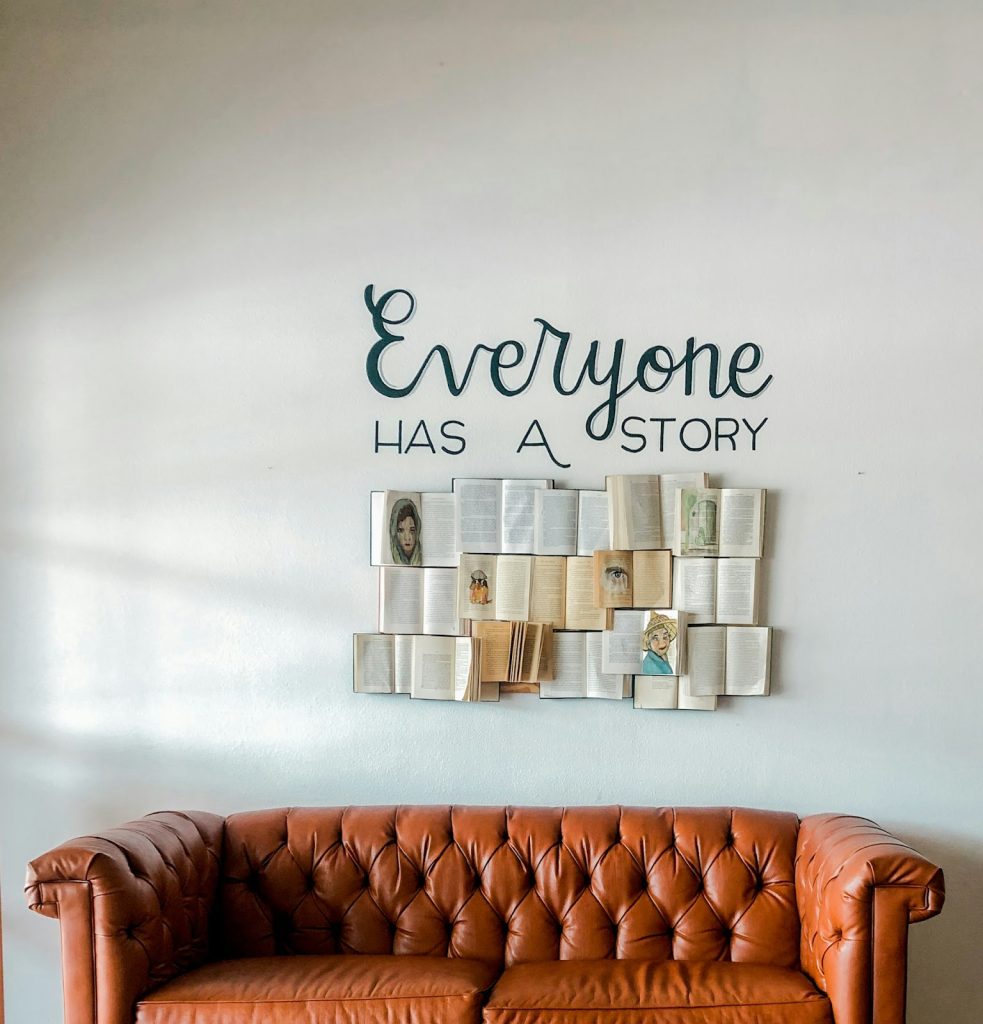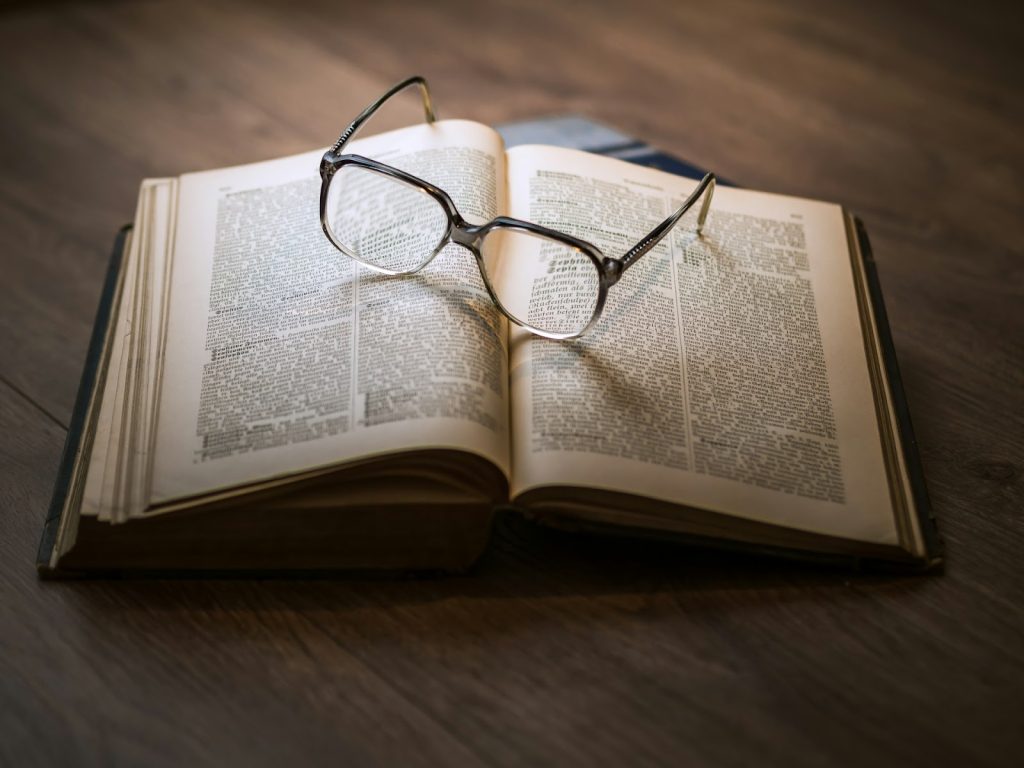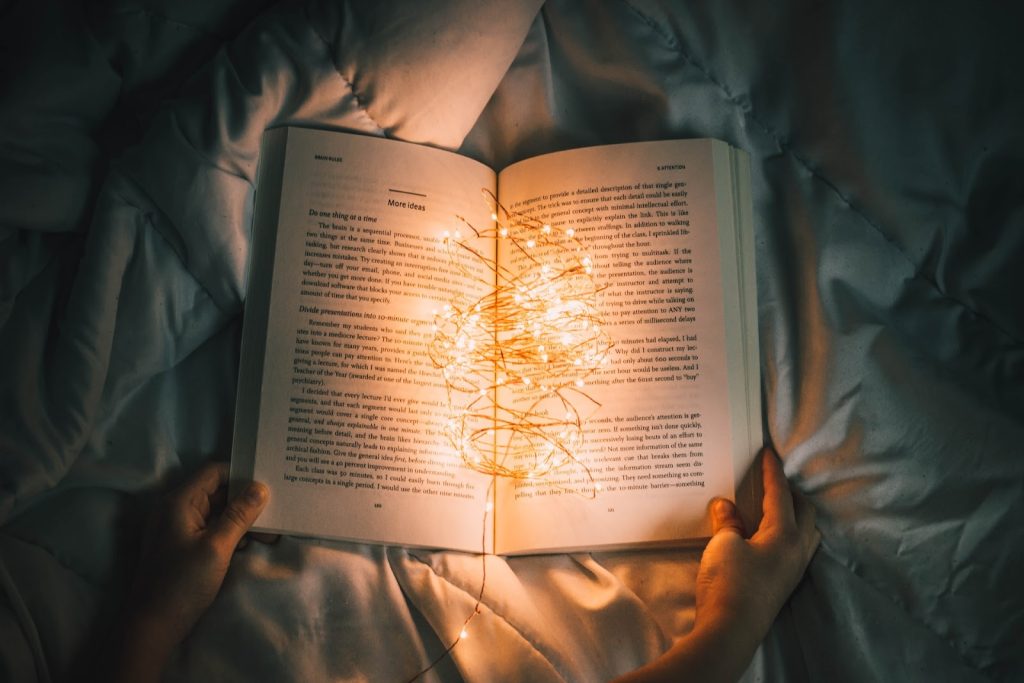In this blog, we explore the narrative point of view in literature. Learn how each perspective shapes a reader’s journey and offers a unique way to experience a narrative. Let’s uncover how choosing the right angle can bring your story to life.
Table of Contents
Understanding Point of View in Literature and Its Significance
Point of view (POV) refers to the perspective from which a story is narrated. It dictates who is telling the story and how much information is available to the reader. Each POV offers different levels of intimacy and knowledge about the characters’ thoughts, feelings, and experiences.
POVs can be categorized mainly into first person (narrated by a character within the story, typically using “I” or “we”), second person (addressing the reader as “you,” and less common in narrative literature), and third person (narrated by an external observer, using “he,” “she,” or “they”).
How does a point of view impact storytelling?
The choice of POV determines the reader’s connection with the characters, the depth of understanding of the plot, and the overall emotional tone of the story. For instance, a first-person POV can provide an intimate glimpse into a character’s inner world, while a third-person omniscient POV can offer a broader, more objective view of the story’s events and characters.
The POV also shapes the reader’s sense of reliability and bias in the narrative, adding layers of complexity to the storytelling. In essence, the POV is not just a narrative technique, but a fundamental element that can transform the reader’s experience and interpretation of a story.
Learn more: Examples of Narrative Techniques
The Different Types of POVs in Literature
Depending on the purpose of the story, narrators can choose a corresponding perspective to impart maximum effect. The three types of POVs commonly used are:
First-Person Point of View
The story is narrated by a character within the story, usually the protagonist or a central character. This POV uses ‘I’ or ‘we’ pronouns. It allows readers to experience the story directly through the narrator’s eyes and thoughts.
- Strengths: Creates intimacy between the reader and the narrator; allows deep insight into the narrator’s thoughts and feelings.
- Limitations: Limited to the narrator’s knowledge and experiences; can be unreliable.
- Example: “The Catcher in the Rye” by J.D. Salinger, narrated by Holden Caulfield.

Second-Person Point of View
This less common POV addresses the reader directly using ‘you’. It places the reader in the story, making them an active character in the narrative.
- Strengths: Creates an immersive and engaging experience; can make the reader feel directly involved in the story.
- Limitations: Can feel unnatural or gimmicky; less commonly used and harder to sustain over a longer narrative.
- Example: “Bright Lights, Big City” by Jay McInerney, using ‘you’ to address the reader.
Third-Person Point of View
This is a more detached POV where the narrator is not a character in the story. It uses ‘he’, ‘she’, or ‘they’ pronouns and comes in several forms:
- Third-person Omniscient: The narrator knows all the thoughts, actions, and feelings of every character. This POV provides a comprehensive view of the story.
Strengths: Allows a broad view of the story, exploring multiple characters and plotlines; can provide a comprehensive understanding.
Limitations: Can be overwhelming with too much information; less intimate.
Example: “Middlemarch” by George Eliot, where the narrator knows everything about all characters.
- Third-person Limited: The narrator tells the story from the perspective of one character, either throughout the entire narrative or switching between multiple characters. This POV offers a more focused but still versatile perspective.
Strengths: Balances character insight with narrative control; maintains focus while allowing some broader perspectives.
Limitations: Limited to what the focal character knows or observes.
Example: “Harry Potter” series by J.K. Rowling, focusing mainly on Harry’s experiences.
- Third-person Objective: The narrator reports only what can be seen and heard, like a camera. This POV doesn’t provide insight into the characters’ inner thoughts or feelings.
Strengths: Leaves interpretation up to the reader; can create a sense of realism.
Limitations: No insight into characters’ thoughts or feelings; can be emotionally distant.
Example: “Hills Like White Elephants” by Ernest Hemingway, where the narrator reports events without delving into the characters’ inner thoughts.

How to Choose the POV for Your Story?
A point of view not only serves your narrative effectively but also enhances the reader’s experience. Choosing the right perspective can significantly impact how your story is perceived.
Here are some considerations to help you select the most suitable POV:
- Story Requirements: Consider what your story needs. If deep character introspection is crucial, the first person might be best. For a broader scope or multi-faceted story, a third-person POV might be more suitable.
- Character Depth: Decide how closely you want the reader to connect with your characters. First-person POV offers a deep, personal connection, while third person allows for more distance.
- Narrative Scope: Third-person omniscient is useful for expansive stories with multiple characters and subplots, while first and third-person limited are better for focused narratives.
- Genre Considerations: Certain genres lean towards specific POVs. For example, many young adult novels use the first person for immediacy, while epic fantasies often use the third person omniscient for their broad scope.
- Flexibility and Versatility: Consider how flexible you want to be with information sharing. Third-person limited offers a good balance between character connection and narrative control.
- Writer’s Comfort: Think about which POV feels most natural to your writing style and how you can best express your story.
Learn more on Example of hooks for an essay
Wrapping It Up!
Point of view in literature is a fundamental aspect of storytelling. Each POV offers a unique lens through which your story is told and experienced. Your choice of perspective should align with your story’s needs, character dynamics, and the depth of narrative you wish to achieve.
Remember, the POV not only influences how your story is told but also how readers connect with your characters and the world you create. As a writer, experiment with different POVs. It can help you find the most authentic and compelling voice for your narrative. Make sure that it serves to enhance the storytelling, engaging your readers and drawing them deeper into the world you’ve crafted.



